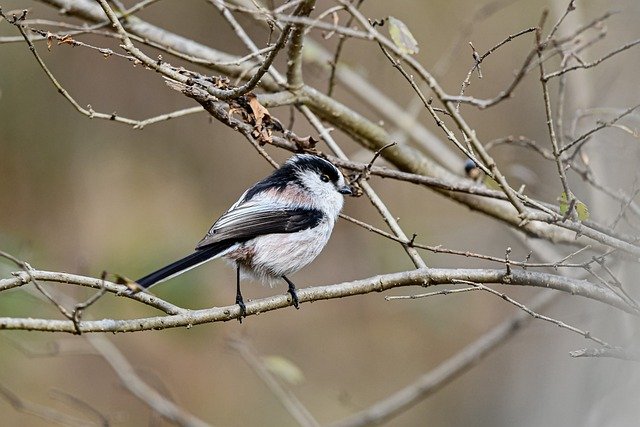**Topic: "The Evolution of Storytelling in Video Games

The Secret Lives of Urban Wildlife
Urban environments are bustling with human activity, but beneath the surface, a rich tapestry of wildlife thrives. From the chirping of birds to the rustling of small mammals, cities are home to a diverse array of creatures that have adapted to life alongside us. In this post, we’ll explore the fascinating world of urban wildlife, uncovering their secret lives and the challenges they face in our concrete jungles.
The Adaptability of Urban Wildlife
Urban wildlife has shown remarkable adaptability to city life. Many species have altered their behavior, diet, and even breeding patterns to survive in an environment dominated by humans. Here are a few examples:
Raccoons: Often dubbed "city bandits," raccoons have become experts at foraging through trash cans and navigating urban landscapes. Their dexterous paws allow them to open containers and access food sources that other animals cannot.
Pigeons: These birds are ubiquitous in cities, thriving on a diet of discarded food and seeds. Their ability to nest in various structures, from ledges to rooftops, makes them perfectly suited for urban life.
Coyotes: Once primarily found in rural areas, coyotes have increasingly moved into cities. They adapt by hunting smaller animals like rodents and even scavenging human food, showcasing their versatility.
The Importance of Urban Wildlife
Urban wildlife plays a crucial role in maintaining ecological balance. They contribute to pest control, pollination, and seed dispersal. Here’s why their presence is vital:
Biodiversity: Urban wildlife adds to the biodiversity of an area, helping to create a more resilient ecosystem. A diverse range of species can better withstand environmental changes and threats.
Education and Awareness: Observing wildlife in urban settings can foster a sense of connection to nature. It encourages residents to appreciate and protect local ecosystems, promoting conservation efforts.
Mental Health Benefits: Interacting with nature, even in urban environments, has been shown to improve mental health. Urban wildlife can provide a sense of calm and connection to the natural world.
Challenges Faced by Urban Wildlife
Despite their adaptability, urban wildlife faces numerous challenges:
Habitat Loss: As cities expand, natural habitats are destroyed, forcing wildlife to compete for limited resources.
Pollution: Air and water pollution can have detrimental effects on wildlife health, leading to decreased populations and biodiversity.
Human-Wildlife Conflict: Encounters between humans and wildlife can lead to conflicts, often resulting in harm to the animals. Education about coexistence is essential.
How to Support Urban Wildlife
You can play a part in supporting urban wildlife in your area. Here are some simple steps you can take:
Create Wildlife-Friendly Spaces: Plant native vegetation in your garden to provide food and shelter for local species.
Reduce Waste: Secure trash and compost bins to prevent wildlife from scavenging, which can lead to unhealthy feeding habits.
Educate Others: Share your knowledge about urban wildlife with friends and family to promote awareness and conservation efforts.
Participate in Citizen Science: Join local wildlife monitoring projects or report sightings to help track urban wildlife populations.
Conclusion
The secret lives of urban wildlife are a testament to nature’s resilience and adaptability. By understanding and supporting these creatures, we can foster a harmonious coexistence that benefits both wildlife and urban residents. Next time you spot a raccoon rummaging through the trash or hear the call of a distant coyote, take a moment to appreciate the hidden world of urban wildlife that exists all around us. Together, we can ensure that our cities remain vibrant habitats for all forms of life.

All images are taken from the Pixabay.com